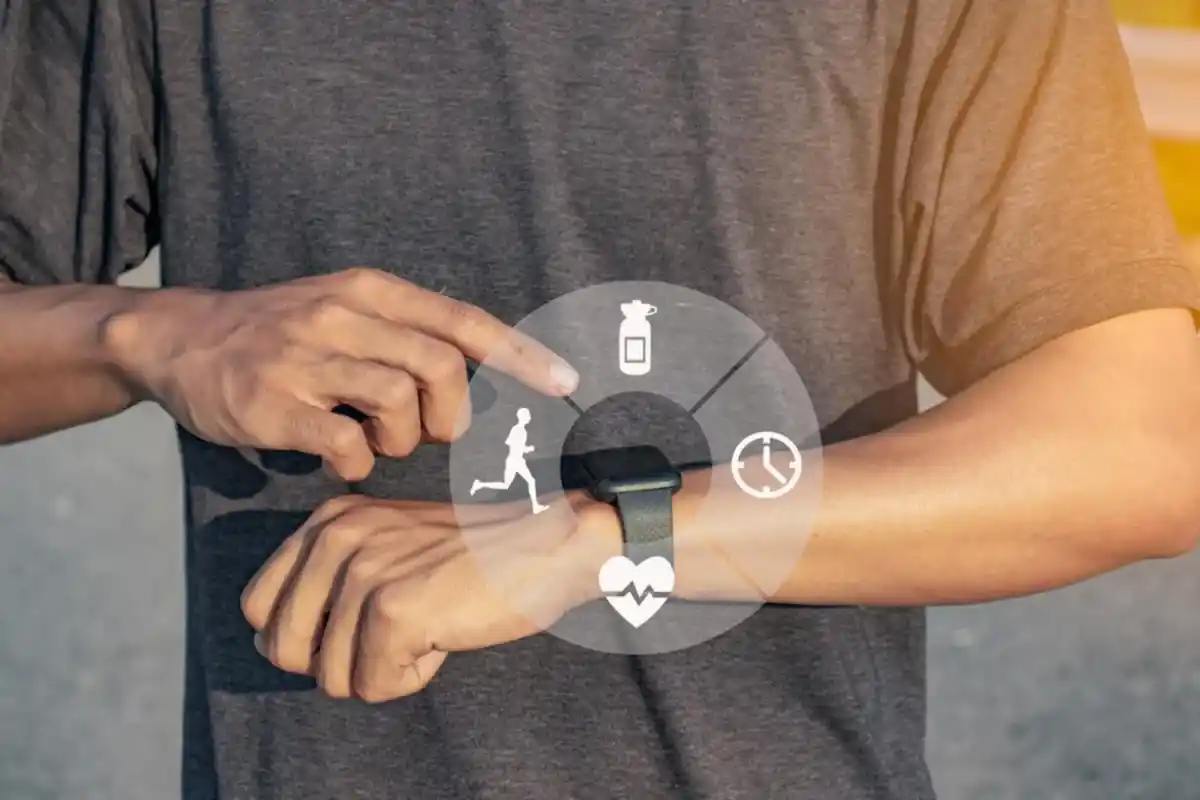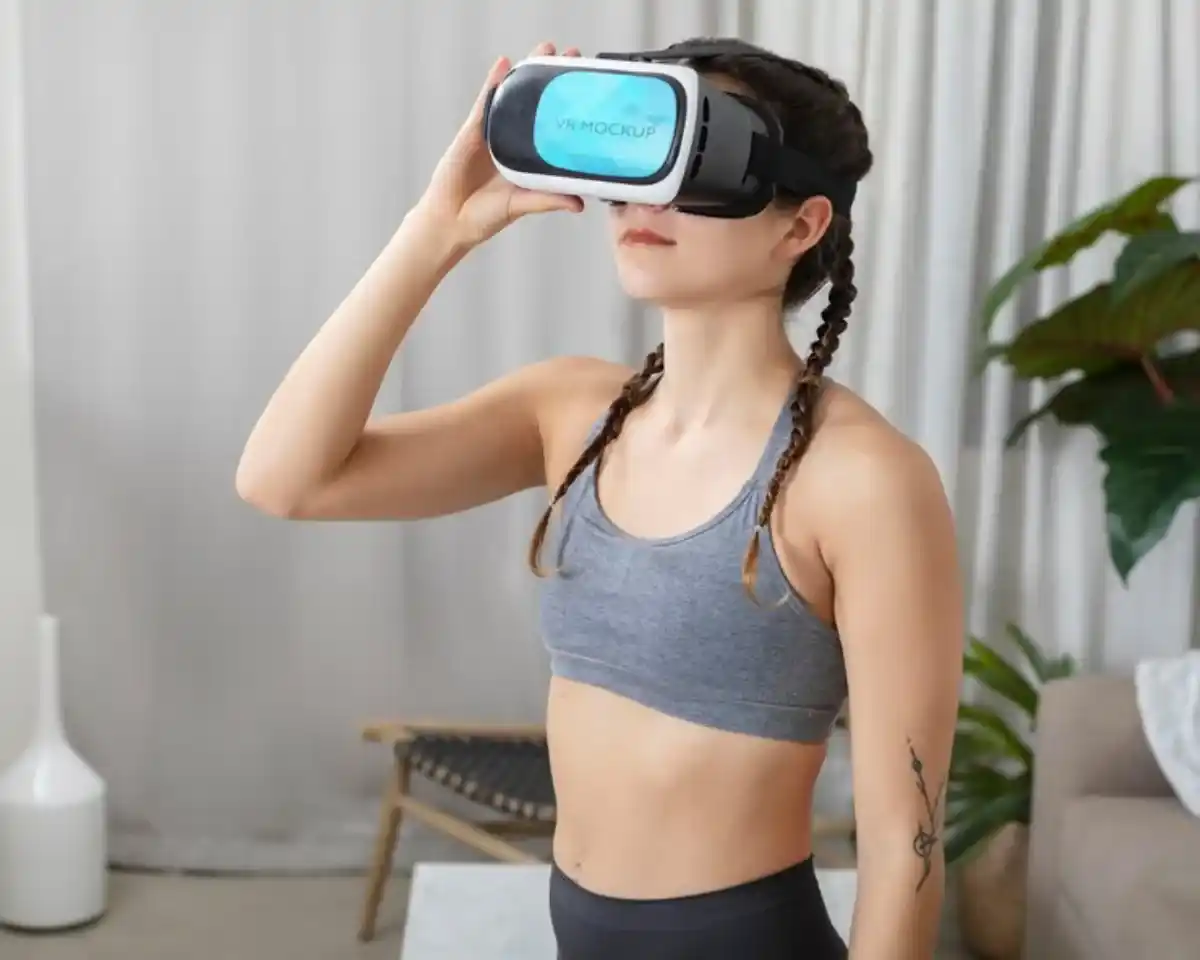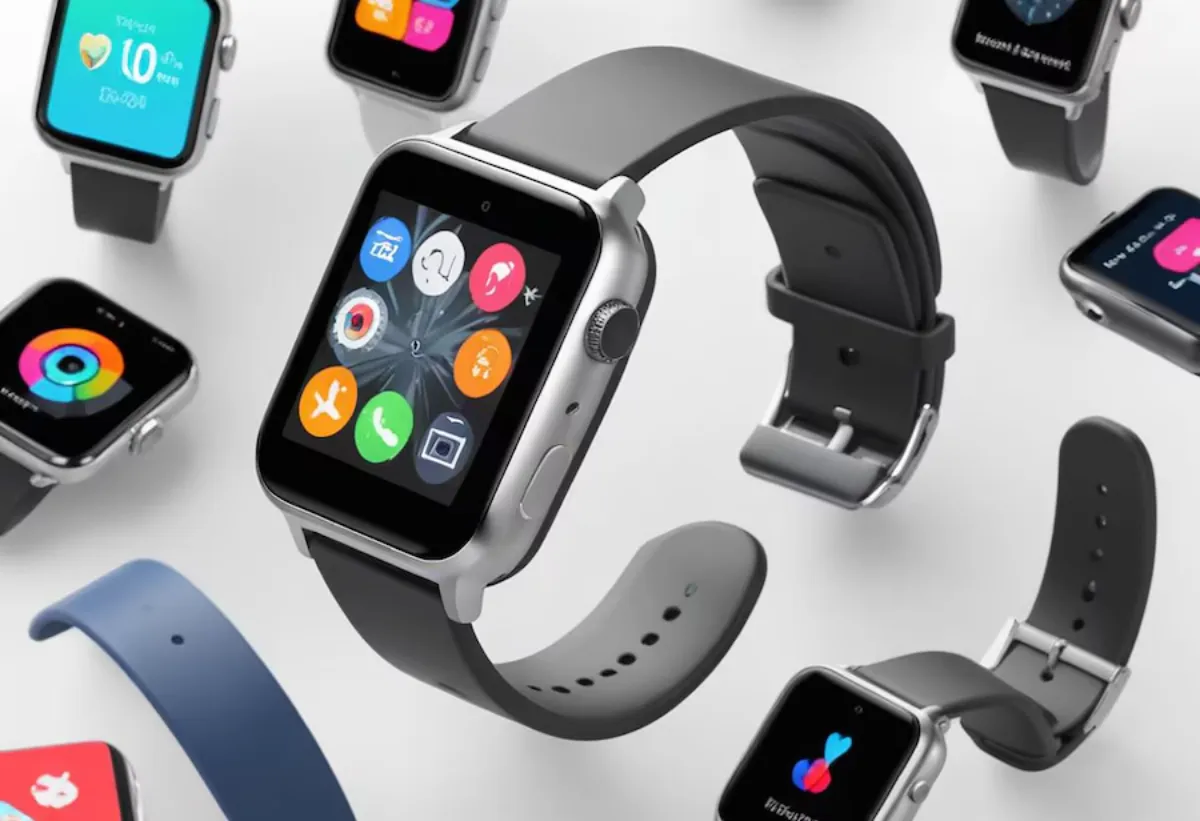
Wearable Tech Trends for 2025: What’s Next?
Wearable technology has come a long way from basic pedometers and fitness trackers. Today, smart gadgets are revolutionising health, fashion, and productivity. Advancements in AI, biometric sensors, and connectivity will change how we use technology. Fitness wearables and smart devices are leading this transformation. But what can we expect in 2025? This article looks at the newest trends in wearable tech. It shows the innovations that will change the industry.

AI-Powered Wearables: Smarter and More Personalised
Artificial intelligence is playing a crucial role in making wearables more intuitive. AI-powered devices can analyse user behaviour, predict needs, and offer personalised recommendations.
How AI is Enhancing Smart Gadgets
- Tailored fitness coaching – Our AI-driven wearables track your every move, analyse posture, and offer instant workout enhancements.
- Sleep Sanctuary – Cutting-edge sleep trackers monitor REM cycles, recommending lifestyle tweaks for restorative rest.
- Health alerts – Smart AI detects irregular heartbeats, oxygen levels, and stress patterns, notifying you of health concerns before they escalate.
- Evolving AI interfaces – These wearables adapt to your needs, fine-tuning functions in real time for peak performance.

Biometric Wearables: The Next Generation of Health Monitoring
Wearables are evolving from step counters to comprehensive health monitoring systems. Biometric sensors are becoming more advanced, offering real-time insights into vital signs.
Innovations in Biometric Monitoring
- Continuous glucose monitoring – Unlock non-invasive glucose tracking for diabetics and fitness fans alike.
- Blood pressure tracking – Smartwatches equipped with precise blood pressure gauges empower users to manage hypertension.
- Electrocardiogram (ECG) sensors – Wearables with built-in ECG features will catch heart irregularities instantly.
- Wearable sweat sensors – Next-gen devices analyse sweat composition for hydration and nutrient insights.
Smart Fabrics and Wearable Fashion
The fusion of fashion and technology is taking wearables beyond wristbands and smartwatches. Smart fabrics embedded with micro-sensors are making clothing more functional and interactive.
How Smart Fabrics are Changing Wearable Tech
- Temperature-regulating clothing – Fabrics that adapt to body temperature, keeping users comfortable in all weather conditions.
- Posture-correcting shirts – Wearable textiles that gently remind users to maintain proper posture throughout the day.
- Self-healing materials – Future wearables may incorporate fabrics that repair themselves from minor tears and wear.
- Haptic feedback clothing – Wearables that provide physical sensations to enhance AR/VR experiences or assist visually impaired users.

Augmented Reality (AR) Glasses: The Rise of Hands-Free Tech
Smart glasses will be common by 2025. They will provide better visual experiences for work and fun.
What to Expect from AR Wearables
- Real-time language translation – AR glasses will allow users to translate conversations instantly.
- Enhanced work productivity – Hands-free access to emails, schedules, and virtual meetings.
- Immersive gaming and entertainment – Augmented reality will merge digital content with the physical world.
- Medical and industrial applications – AR glasses will aid surgeons and engineers by overlaying real-time data on their field of view.
Wearable Payments: The Rise of Contactless Tech
Contactless payment technology is extending beyond smartphones to fitness wearables and smart accessories. Paying for groceries or transport will become as easy as a tap of the wrist.
The Growth of Wearable Payment Solutions
- Smart rings and bracelets – Fashionable accessories that double as secure payment methods.
- Biometric authentication – Fingerprint and iris recognition for added security.
- Connect smoothly with banking apps – Wearables that link to your accounts for real-time tracking.
- Cryptocurrency-compatible wearables – Devices that facilitate secure transactions using digital assets.
Wearables for Mental Health and Well-Being
Beyond physical health, wearable devices are focusing on mental well-being. Stress, anxiety, and sleep patterns are being monitored with advanced biometric analysis.
How Wearables Support Mental Health
- Stress-tracking headbands – Devices that detect stress levels and recommend breathing exercises.
- Meditation assistance – AI-powered wearables that guide users through mindfulness sessions.
- Mood detection technology – Sensors that track facial expressions and suggest ways to improve mood.
- Cognitive performance tracking – Wearables designed to measure focus, fatigue, and mental agility.
Fitness Wearables: Evolving Beyond Step Tracking
The future of fitness wearables features advanced tracking metrics. These designs serve both athletes and casual users.
Advanced Features in Next-Gen Fitness Gadgets
- VO2 max tracking – Measuring oxygen efficiency during workouts.
- Smart recovery analysis – Devices that track muscle fatigue and suggest optimal recovery times.
- Hydration monitoring – Smart water bottles and wearables that remind users when to hydrate.
- Adaptive coaching systems – AI-driven guidance tailored to an individual’s unique biomechanics and fitness goals.
Wearable Tech in Workplace Productivity
Smart gadgets are becoming essential tools in professional environments. Wearable devices will enhance productivity, communication, and efficiency.
How Wearables Will Change Workspaces
- Smart badges for office access – Employees use biometric wearables to enter buildings and log attendance.
- Virtual reality (VR) collaboration – Wearables will enable immersive virtual meetings.
- Focus-enhancing wearables – Brainwave-tracking devices that help users stay concentrated.
- Ergonomic wearables – Devices that monitor posture and provide feedback to prevent workplace injuries.
Battery Life and Energy Efficiency
One major challenge for wearable technology has been battery life. New advancements aim to extend battery performance and enable energy-efficient designs.
Innovations in Battery Life
- Solar-powered wearables – Devices that charge through ambient light.
- Kinetic energy charging – Smart gadgets that harness body movement to recharge.
- Ultra-low power consumption – AI-optimised wearables that adjust processing power based on activity levels.
- Graphene batteries – A potential breakthrough in energy storage, offering faster charging and longer life.
Challenges Facing the Wearable Tech Industry
The wearable tech industry has exciting advancements, but it also faces challenges. These include privacy concerns, security risks, and high costs.
Key Challenges to Overcome
- Data privacy – Increased regulation will be necessary to protect user information.
- Device affordability – Making smart wearables accessible to a broader audience.
- Interoperability issues – Ensuring compatibility across different brands and ecosystems.
- Health data compliance – Ensuring wearable health insights meet regulatory standards for medical use.
The Future of Wearables in 2025 and Beyond
Wearable technology is growing fast. It brings more convenience, tracks health, and offers smart solutions for everyday life . With AI, biometric sensors, and fitness wearables pushing boundaries, the future looks exciting.
Are you ready to embrace the next generation of smart gadgets? Stay ahead of the trends and explore the possibilities today!


